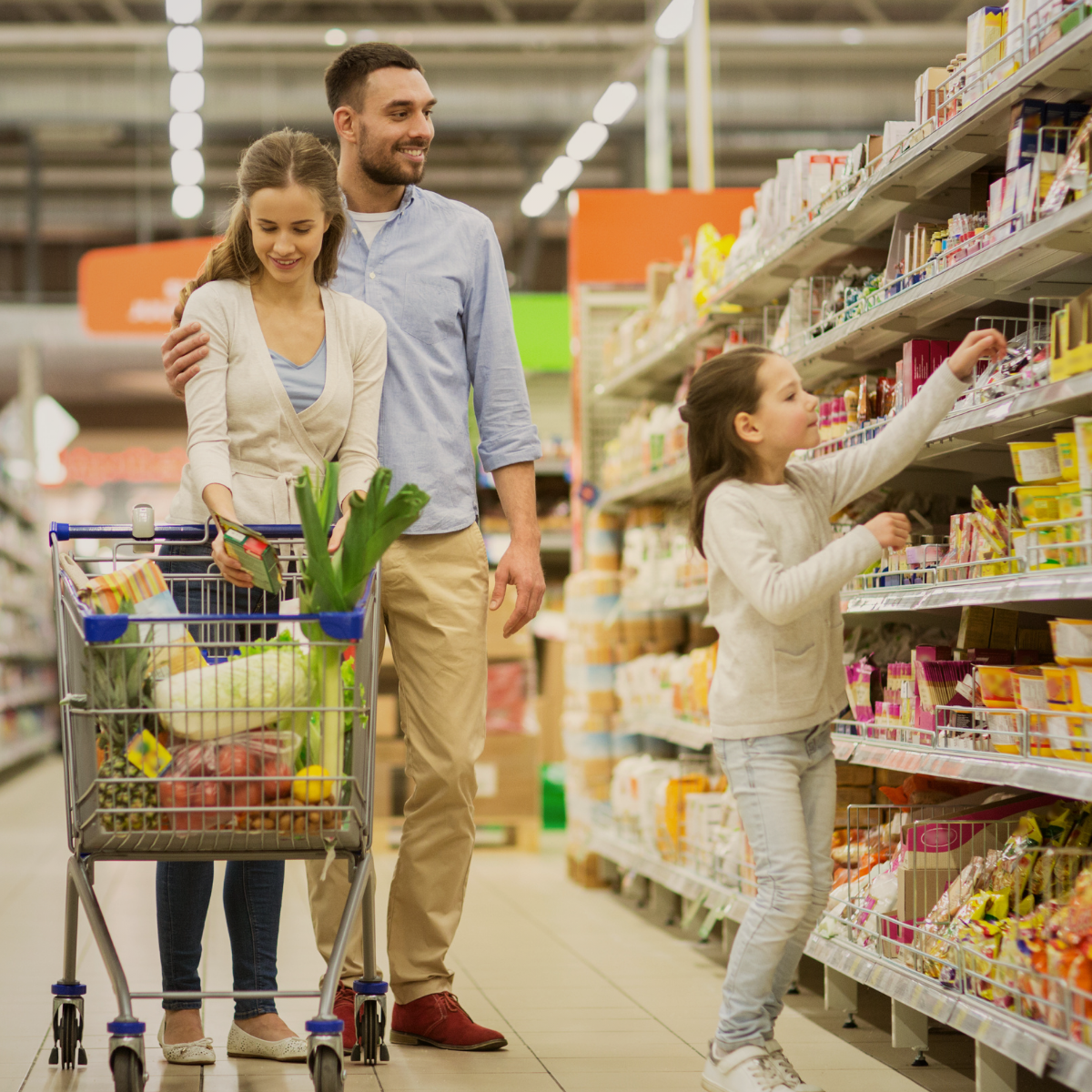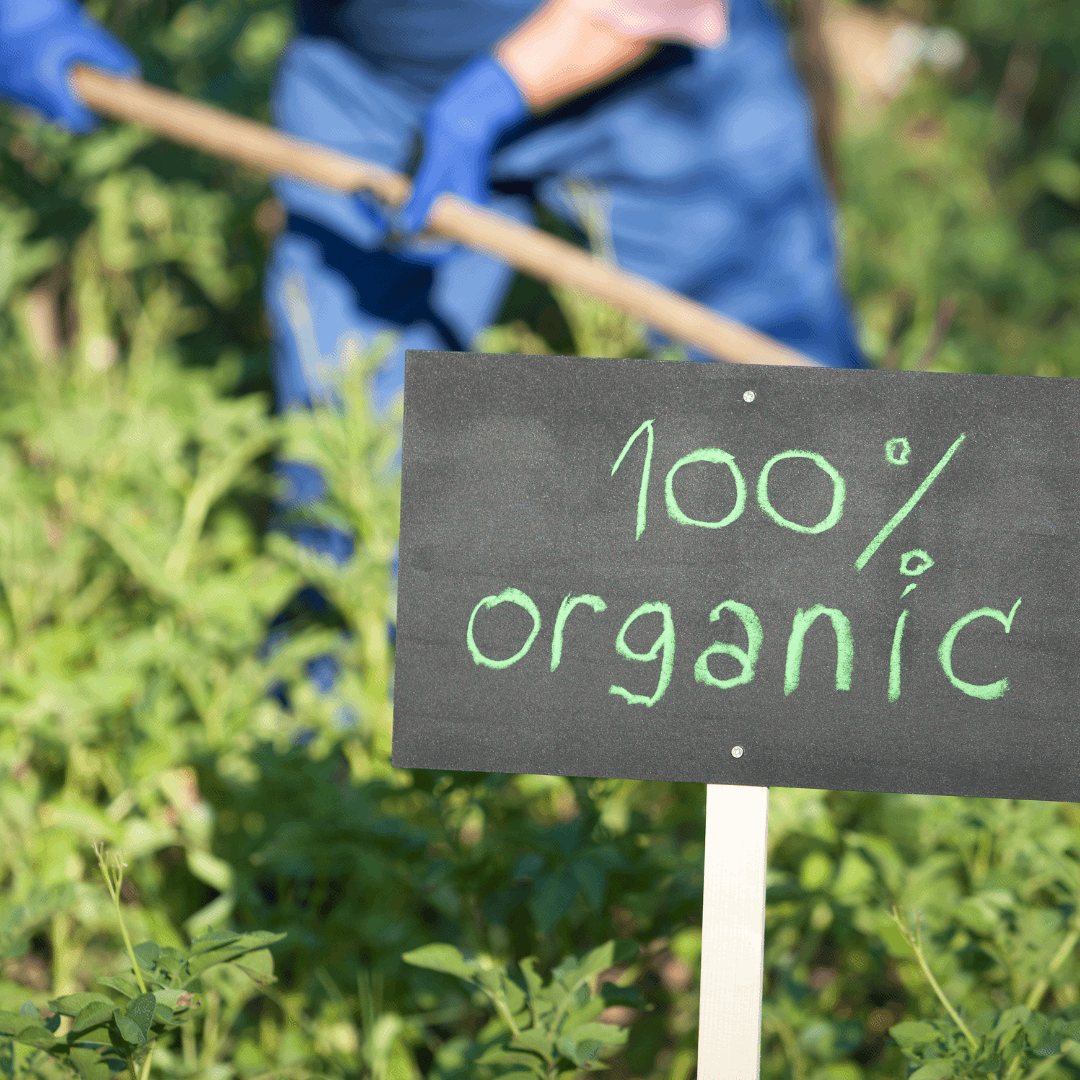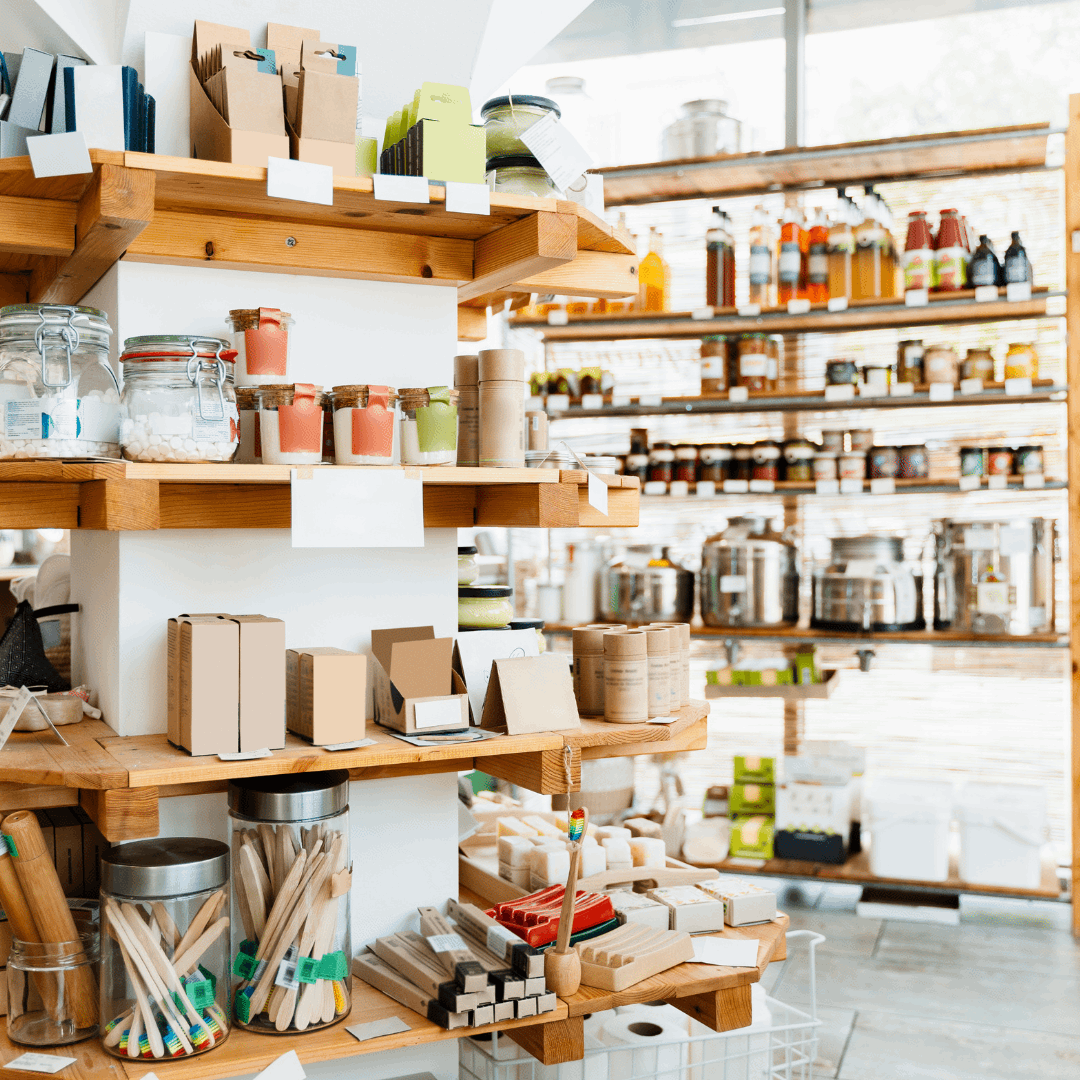You might not think of CPG brands as being part of the food industry, but shifts in consumer demand in that space can affect consumer packaged goods too. As global consumers shift their focus to things like sustainability and reliable sourcing, even CPG food brands have to pivot their products to meet those expectations. After all, just because it’s packaged doesn’t mean it isn’t food.
Before you can adjust to changing tides, you have to first know which food industry trends are driving this shift in thought. Let’s go through the top trends, then we’ll take a look at what your brand can do to capitalize on them.
Health and Wellness
The demand for healthy food has been on the rise for a while now. Things like healthy meal kit subscriptions and freshly prepared take-and-bake dinners in grocery stores are steadily growing in popularity as people become more and more conscious of what they eat. This emerging awareness doesn’t stop at packaged food products, either.
In addition to the attention placed on food safety protocols since the pandemic, consumers are focusing lots of energy on reaping the health benefits from certain food groups.
Plant-based foods
People eating a plant-based diet is nothing new. Although it may not have always been common, you can find many examples of people, ranging from world-class athletes and celebrities to business icons, who have chosen to eat plant-based for decades. However, today, eating plant-based is going mainstream, and it’s a trend that’s gaining significant steam.
The growth is fueled by several core reasons, including animal welfare, environmental preservation, and personal health and well-being. Plenty of CPG food companies have recognized this trend and are pivoting to capitalize on it.
While plant-based dairy products used to be the domain of brands like Silk and So Delicious alone, new and unique brands are emerging, and grocery stores are even crafting their own brands of almond milk, coconut milk, oat and seed milk, and more.
Meat alternative CPG brands like Tofurkey, Field Roast, Beyond Meat, and Impossible have brought the demand for soy and vegetable-based meat substitutes mainstream. Once only found in more specialty retailers like Whole Foods or Trader Joe’s, plant-based meat alternatives are now available just about everywhere. The mainstream appeal for plant-based proteins has also opened the door for new “next-generation” plant-based meat alternatives to enter the market focused on clean and simple ingredient declarations.
Even baby food is trending toward more artisan-style plant-based meals. Brands like Plum Organics, Ella’s, Peter Rabbit Organics, and Sprout Organic Baby Foods are finding new, exotic combinations of fruits and vegetables with added spices that are safe for infants to prime their pallets for a diet rich in plant-based options.
Personal nutrition
There are a lot of different diets out there — Keto, paleo, Whole 30, vegan, etc. — and it seems like everyone is trying one of them. With the coronavirus lockdowns last year, people had more time to experiment with their food choices and find a plan that fit their personal wellness goals.
Now personal nutrition is one of the biggest drivers of food choices and people are looking for packaged options that match their diet. This has opened the door for foodservice businesses (CPG brands included) to cater to a niche audience. Advertising that products are compliant with a specific diet or are organic or non-GMO can capture consumers’ attention and be a major factor in their purchasing decision.
Immune boosters
The COVID-19 pandemic changed more than just the social protocols of everyday life. Its effects have also touched the food and beverage industry by generating an overwhelming demand for immune-boosting products.
In a 2020 ADM article, more people reported being concerned about their immunity and being aware of the gut-health connection. This led to a swell in purchases of foods containing Vitamin C, Vitamin D, and probiotics that naturally support the immune system. In addition to fresh produce like citrus fruits and berries, packaged goods that boasted immune-boosting ingredients such as chia seeds, healthy fats, and dried fruits became much more competitive with traditional packaged snacks.
Sustainability
Despite plastic packaging’s brief encore during the pandemic, trends are still pointing to sustainability as a major consumer concern in the global food market. People are looking for more recycled and recyclable packaging materials for existing and new products.
Eyes are turning the growing concern of food waste and material pollution in landfills and the oceans. This is leading surges of consumer decisions and even legislation to eliminate single-use plastics and opt for sustainable materials such as recyclable cardboard or stainless steel reusable bottles. In 2019, the San Francisco International Airport went so far as to ban the use of plastic water bottles in their facilities.
Some CPG food companies are following suit and completely eliminating single-use plastics from their food manufacturing in favor of sustainable materials that offer the same level of functionality. Things like packaging made from recycled bottles, biodegradable boxes, or easily recyclable plastics are sweeping in as the new go-to.
Digital Presence and Delivery
Between smartphones and social media, digital information has never been as readily available as it is today. It’s easy to find out everything about a brand with a few clicks, and people are using this to their advantage to find out where their food comes from.
Consumers are starting to look for traceability of the food they eat. They want to know about your supply chain, where you source ingredients from, how your manufacturing process flows, and what you do to maintain quality throughout.
Keeping with these sentiments, an Innova study showed that brand transparency will become the most important thing to consumers in 2021. From startups to corporations, anyone producing food products now has more accountability to their consumers because they can easily research key information about the brands they consider buying.
This increased demand for digital has also led to an increase in the eCommerce side of the food industry. While people were stuck in their homes during the lockdowns, they discovered the convenience of delivery.
Consumers got cozy with the idea of having everything they needed, from groceries to household products, delivered right to their door. The convenience of grocery shopping through an app or website is becoming somewhat of an expectation now. Some services even offer order automation for recurring purchases, so customers never have to worry about running out.
How to Keep Up with the Food Industry
These top food industry trends are affecting food products across the board, and CPG food brands will have to find ways to address them to keep up with the market. The good news is, your product doesn’t have to change. With creative messaging and purposeful positioning, most brands can find a niche for their products among these emerging concerns.
Here are a few things you can highlight to appeal to modern consumers:
- Focus on health
You can cater to the appeal for plant-based, healthy foods by adding certifications to your products or highlighting their unique attributes. You might use a combination of ingredients proven to boost immunity or have completely plant-based products. Advertising these attributes helps consumers to see how you align with their personal values, which can make them more inclined to choose your product over the competition.
- Shift to Sustainable
Consider rethinking your packaging with the planet in mind. Maybe you’re planning a brand refresh for next year, anyway, which would be the perfect time to roll out a more eco-conscious brand identity. Changing to recyclable options will capture the eco-friendly audience who may purchase products solely based on what materials they come in.
- Create a Strong Digital Presence
We learned that people are demanding brand transparency above all else, so give them what they’re looking for. Make your website a biography for your brand as well as a platform for products. Focus on how your supply chain and manufacturing process support your brand’s missions and values so consumers know what you stand for. - Consider Direct-to-Consumer
Although this isn’t a feasible model for all brands, the demand for delivery is making it worth consideration. Most CPG food brands rely on retailers and grocery stores for the majority of their sales, but adding an element of direct-to-consumer sales could open a new door to the audience choosing delivery over a Target run.
With years of experience in food business consulting, VDriven is a top choice for CPG food companies looking for sustainable CPG growth. Schedule a call with us today and let VDriven be your CPG brand consultant so you can keep up with every food industry trend and innovation.
Vdriven
VDriven is a CPG partner for modern brands that improve our daily lives. We fuel your growth and innovation by giving you strategies and support in every phase of the retail process.


.png)



